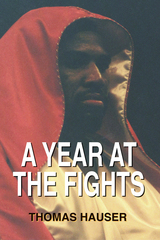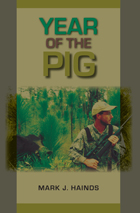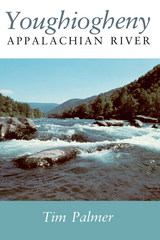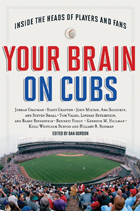4 start with Y start with Y

Acclaimed boxing writer Thomas Hauser admires the sweet science, but he also recognizes and confronts its problems. His essays here portray the sport in all its glory and gore, its grace and disgrace.
Hauser tracks the effects of big money on the sport, exposes corruption at the highest levels, and examines the emotional links between the September 11 attack on America and the way we experience the violence of boxing. He follows the biggest fighters and the most important fights through 2001 into the early months of 2002. He also depicts the broadcasters, government regulators, and others-the people behind the scenes who shape boxing without ever taking a punch. We meet fighters such as Lennox Lewis, Mike Tyson, and Bernard Hopkins, and non-combatants like ringside physician Margaret Goodman, trainer Eddie Futch, and the powers that be at HBO.
Praise for Thomas Hauser’s writing about professional boxing:
New York Times: Incomparable and indispensable.
Washington Post: Brilliantly crafted.
New York Daily News:The best writing so far on the business of boxing.
Boxing Collectors’ News: A. J. Liebling’s current-day successor.
Ring Magazine: No one has ever done it better.

Introduced pig populations have wreaked havoc on ecosystems the world over. Non-native to the Western Hemisphere, pigs originally arrived in the southeast with De Soto's entrada and in the Hawaiian Archipelago on the outriggers of South Pacific islanders. In America feral hogs are considered pests and invaders because of their omnivorous diet and rooting habits that destroy both fragile native species and agricultural cropland.
Appealing to hunters and adventure readers for its sheer entertainment, Year of the Pig will also be valuable to farmers, land managers, and environmentalists for its broad information and perspective on the topic.

The mountains of southwestern Pennsylvania provide the setting for the most popular whitewater in America: the Youghiogheny River at Ohiopyle. People from all over the nation come to run the rapids, while others simply enjoy the natural beauty of Ohiopyle State Park. But this Appalachian river has many faces as it flows from its source among the scattered mountain farms of western Maryland to its confluence with the Monongahela in the industrial outskirts of Pittsburgh. Though always a home to people who cherish their mountain roots, the region’s river offers recreation for millions of Americans.
By canoe, raft, van, and on foot, Tim Palmer explores the river from its highest spring to its industrial end. He writes about the people - afternoon visitors and eigth-generation natives - and about their pasts and their hopes, about the shaping of the land, and the land’s inevitable shaping of them.
The author chronicles the rise of the five Ohiopyle rafting companies that host 80,000 visitors each year and then takes the reader on one of these outfitted voyages. Finally, Palmer paddles beyond the Appalachians to the river’s urban end near Pittsburgh. Strip mining, land development, and recreation management are examined with a consciousness that asks, What will happen to this remarkable but threatened place?

A group of today’s leading science writers and neuroscientists explore here the ways that our brain functions when we participate in sports as fans, athletes, and coaches, taking baseball as the quintessential sport for all three perspectives. The contributors tackle such questions as: How does a player hit a ninety-mile-per-hour fastball when he barely has time to visually register it? Why do fans remain devotedly loyal year after year? And what allows them to believe in superstitions, such as a curse? Other topics investigated in the book include how a ballplayer’s brain changes as he gains experience and expertise, why there are a higher percentage of left-handers in the major leagues compared to the general population, and the ethical implications of neurological performance enhancement.
An expertly written and thought-provoking read, Your Brain on Cubs challenges us to reevaluate the nature of the sports fan and the athlete, revealing the scientific complexity underlying the seemingly black-and-white world of wins and losses.
READERS
Browse our collection.
PUBLISHERS
See BiblioVault's publisher services.
STUDENT SERVICES
Files for college accessibility offices.
UChicago Accessibility Resources
home | accessibility | search | about | contact us
BiblioVault ® 2001 - 2024
The University of Chicago Press









